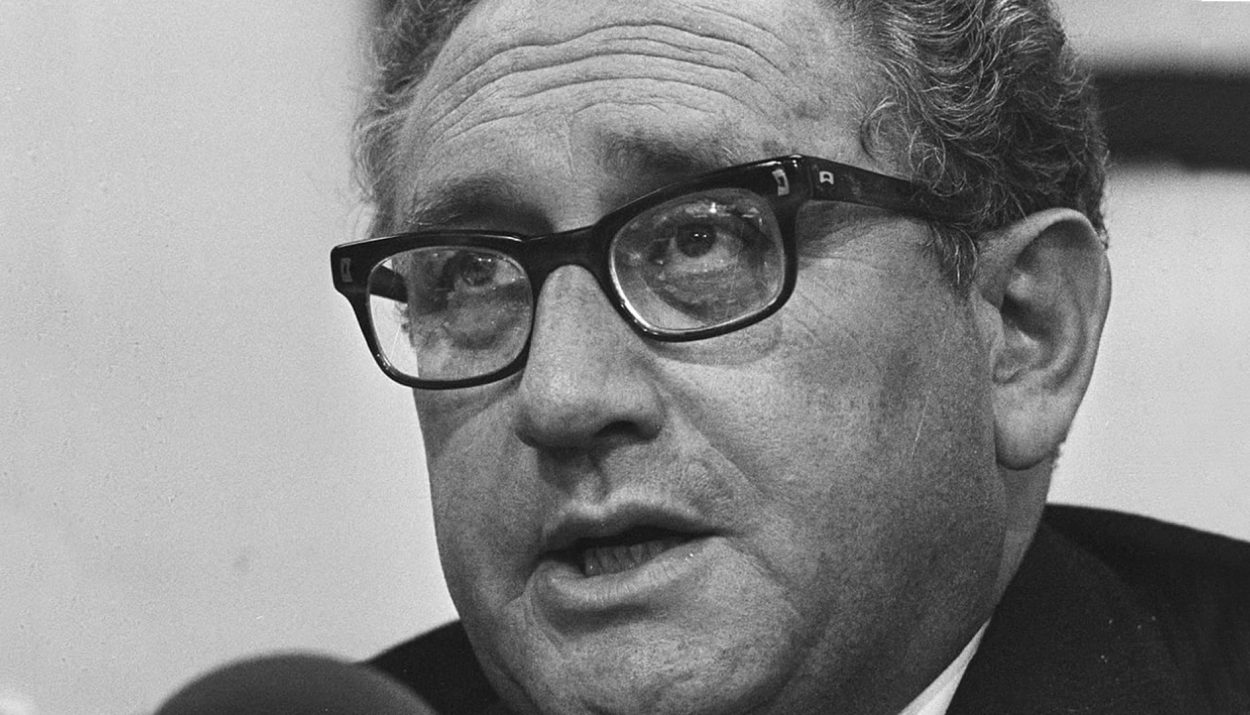Creating a list of the most hated Americans in U.S. history is a daunting task – primarily because hate is subjective. Even some people that are historically known for heinous acts have large fan bases that view them more as heroes instead of villains. However, there are at least 20 Americans whose actions undoubtedly tarnished their reputations and engraved their names in the history books with more infamy than fame.
Benedict Arnold
The name “Benedict Arnold” will likely forever be associated with the word “traitor.” Many people do not realize that Arnold’s career was also filled with other prominent accolades and positive accomplishments – such as his integral role during the Battle of Saratoga.
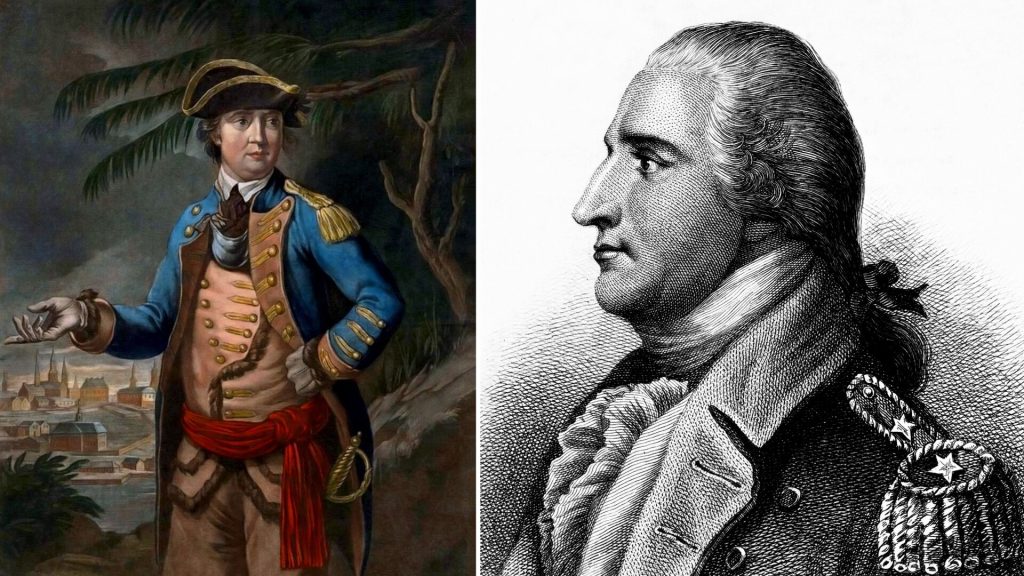
However, he later negotiated secretively with the British in 1780 and decided to accept money and a British Army commission in exchange for the compromising of a strategic American fort located in West Point. Even though Arnold escaped American forces when his treasonous act was discovered, he could not escape the permanent blemish on his reputation that he created.
J. Edgar Hoover
J. Edgar Hoover’s name would have already been in the history books just by being named the first Director of the FBI within the United States. He served that role for over 37 years – starting with the founding of the organization. However, his abuse of his power, ethical issues and legal conflicts created by his action made him more infamous than famous.
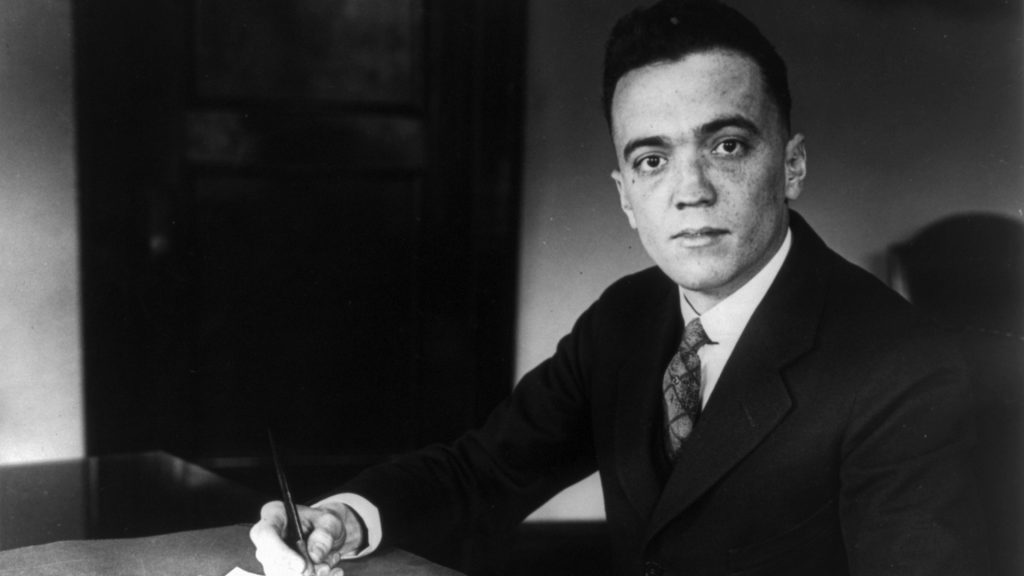
He reportedly kept secret files on quite a few activities, public figures, and politicians that consisted of compromising information. The FBI also launched a counterintelligence program that was designed to target anti-war activities, feminist organizations, and civil rights groups.
Joseph McCarthy
Targeting communism was a major focal point on the early 1950s during the Cold War. Joseph McCarthy made a name for himself during this period with multiple hearings and speeches in which he created baseless accusations implying that the U.S. government was infiltrated by communists at various levels.
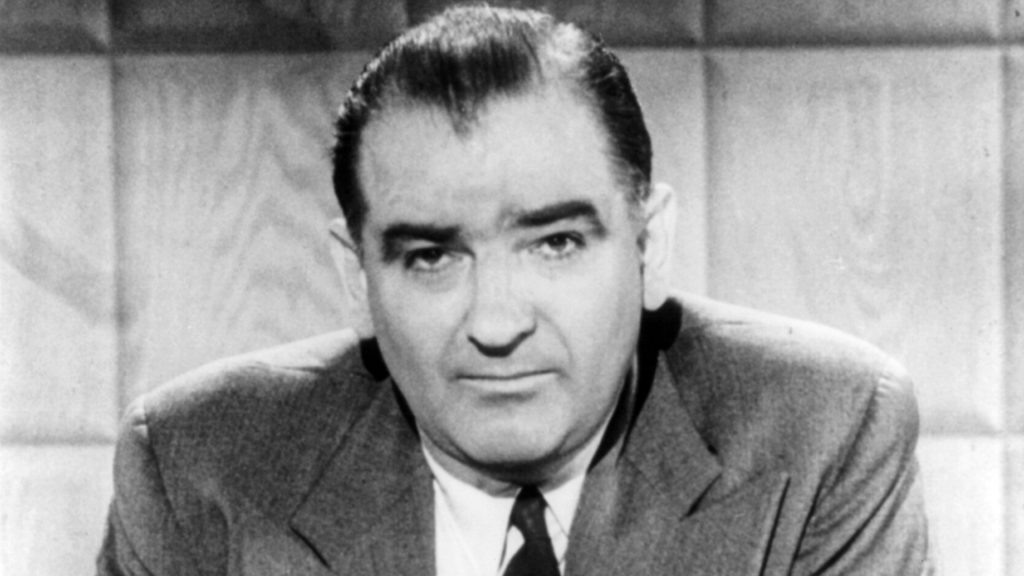
During what became known as the “Wheeling Speech” delivered in February of 1950, McCarthy claimed to have a list of the names of notable communists that worked for the U.S. State Department. This speech became known as the activator of his anti-communist operation in addition to the Army-McCarthy hearings that started in the mid-1950s.
Richard Nixon
The term “Watergate” will forever be known as the biggest blemish of former President Richard Nixon’s term in the Oval Office. A group of individuals linked to his reelection campaign broke into the Democratic National Committee headquarters in 1972.
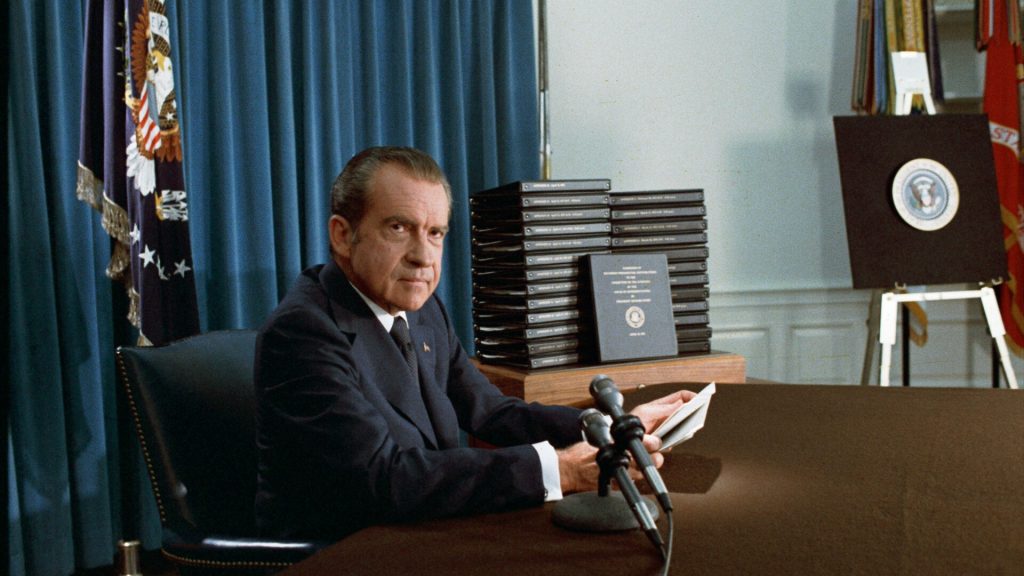
Nixon later faced allegations of willingly abusing his presidential power in misusing the IRS and CIA along with obstructing justice and wiretapping journalists and political opponents illegally. He also reportedly kept a list of “enemies” that included the political opponents, journalists and activities that he allegedly targeted. When facing the possible removal from the Oval Office, Richard Nixon historically resigned in August 1974.
Andrew Jackson
Andrew Jackson is another noteworthy politician and former U.S. President that had quite a few successes on his resume. However, the Indian Removal Act of 1830 led to a major decline in how the general public felt about him. This act authorized Native American tribes to be forcefully removed from the land of their ancestors in the southeastern region of the country.
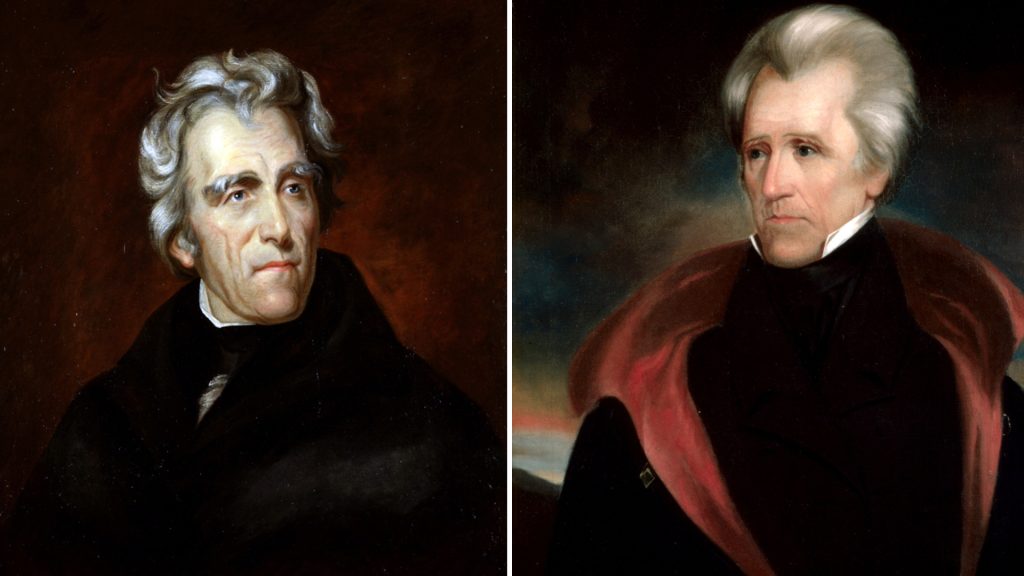
He also made further waves by using his presidential veto during the Bank of the United States case that was prominently viewed as an overreach and abuse of his power. The fact that he willingly engaged in personal combat and duels as well – such as with the 1806 killing of Charles Dickinson – only added fuel to the fire of his infamous reputation.
Aaron Burr
Aaron Burr was a viewed as a political hero of sorts for the impact that he made in U.S. government in the late 18th century. Burr was even the third person to serve as the Vice President of the United States, working directly under former U.S. President Thomas Jefferson.
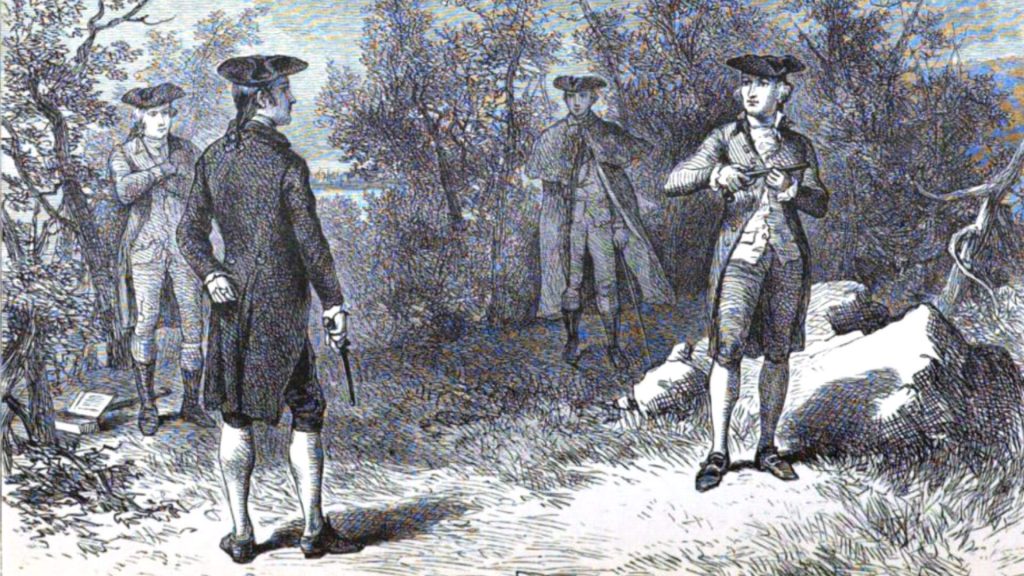
However, it was perhaps his duel with Alexander Hamilton in July 1804 that had the biggest impact on his legacy as an infamous figure of U.S. history. The murder charges filed against him in New Jersey and New York were dropped without any legal consequences. However, nothing could be done about the lasting damage that his actions caused to his reputation.
John Wilkes Booth
John Wilkes Booth was a critically-acclaimed actor in Shakespearean productions. Some of his biggest roles were as Romeo and King Richard III. His political views were not as positively applauded as his theatrical performances, though. He fervently supported the Confederacy and maintained strong anti-abolitionist and pro-slavery viewpoints.

He is perhaps mostly known for assassinating President Lincoln with a gunshot to the back of the head in a private theater box of Ford’s Theatre. However, he was also allegedly part of a group that conspired to assassinate other high-ranking government officials in addition to the president – including Vice President Andrew Johnson.
Lee Harvey Oswald
Many people do not know that Lee Harvey Oswald served in the U.S. Marine Corp for four years in the late 1950s. Shortly after leaving the Marine Corps in 1959, he traveled and eventually defected to the Soviet Union after confirming his disillusionment with the United States.

Even after he and his wife returned to the United States and settled down in Dallas, he never faced legal consequences related to his defection to the Soviet Union. Four years later, in November of 1963, he was arrested the day that President John F. Kennedy was assassinated. Two days later, before Oswald could ever be questioned or go to trial, Jack Ruby fatally shot him while he was still in police custody.
James Earl Ray
Unlike others with positive accolades and accomplishments on their resume, James Earl Ray was primarily known for his criminal history long before he assassinated Dr. Martin Luther King, Jr in April of 1968. His criminal record included armed robbery, burglary, multiple escape attempts and multiple prison sentences.
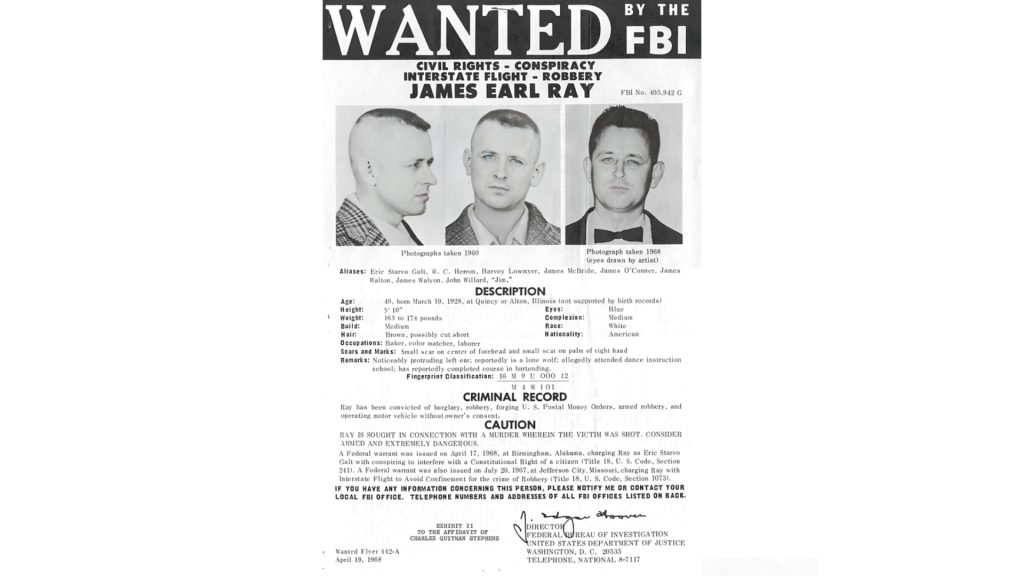
Known for his deeply-rooted white supremacist support and racist views, he used several different aliases to avoid identification and detection even shortly before the assassination. Ray was detained on June 8, 1968 within the Heathrow Airport in London and was eventually given a 99-year prison sentence.
John Dillinger
John Dillinger gained notoriety as an American bank robber and gangster during the 1930s. During the Great Depression era when economic hardship was a major headline, Dillinger made a name for himself with a string of multiple high-profile heists and bank robberies known for their strategic planning and rapid getaways.

He was associated with quite a few other noteworthy criminals that became infamous in their own ways – including Pretty Boy Floyd, Baby Face Nelson, and Al Capone. Dillinger was applauded by many as a Robin Hood-figure while others targeted him as a high-profile criminal. He was later killed during a shootout with federal agents outside of a Chicago theater on July 22, 1934.
Charles Manson
There are not very many names that generate more cringeworthy reactions from the general public as Charles Manson. As the leader of the Manson Family cult, he was the main orchestrator of horrific murders that occurred throughout 1969.
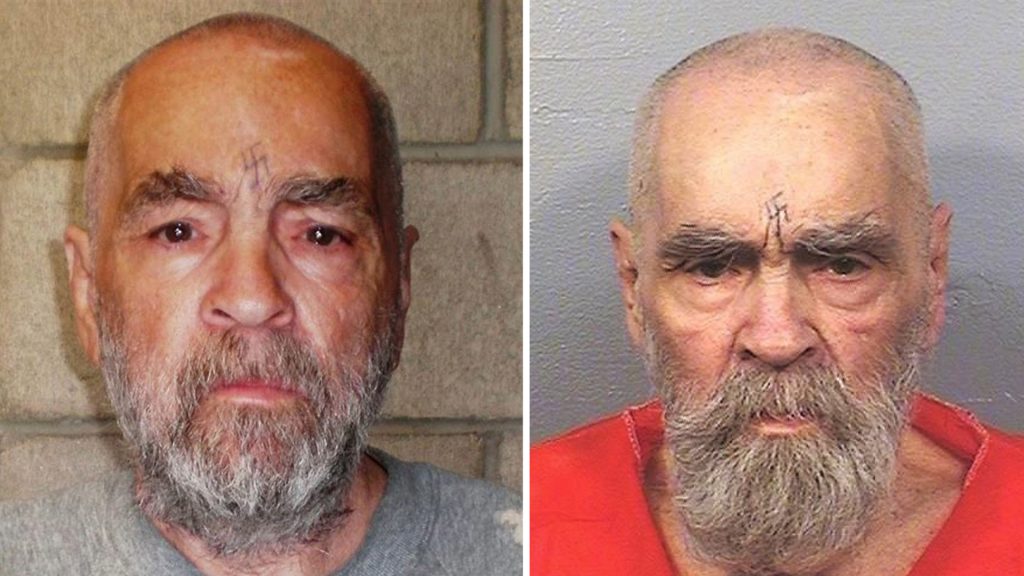
Each of the murders were known for their shocking and grotesque nature – such as the brutal murder of pregnant actress Sharon Tate. His followers viewed him as a messiah simply because of his strategic use of psychological manipulation, mind control and charisma. Manson was later sentenced to serve the rest of his life in prison.
Jim Jones
Jim Jones was another cult leader whose infamous acts led to a series of tragic events – including the mass murder-suicide of more than 900 cult members in Guyana. When the Peoples Temple was first established in the 1950s, though, it attracted a diverse group of members by highlighting the need for social justice and racial integration.

After relocating to California in the 1960s reports show that Jones became more manipulative and authoritative within the organization and the lives of his followers. Fearing the intervention and eventual investigation led by US Congressman Leo Ryan, Jones ordered his followers to drink fruit punch that was laced with cyanide on November 18, 1978.
Timothy McVeigh
The bombing of a federal building in Oklahoma City on April 19, 1995 injured more than 500 people and took the lives of over 160 people – including 19 kids. It was historically known as the deadliest terrorism act of its time in the country’s history.
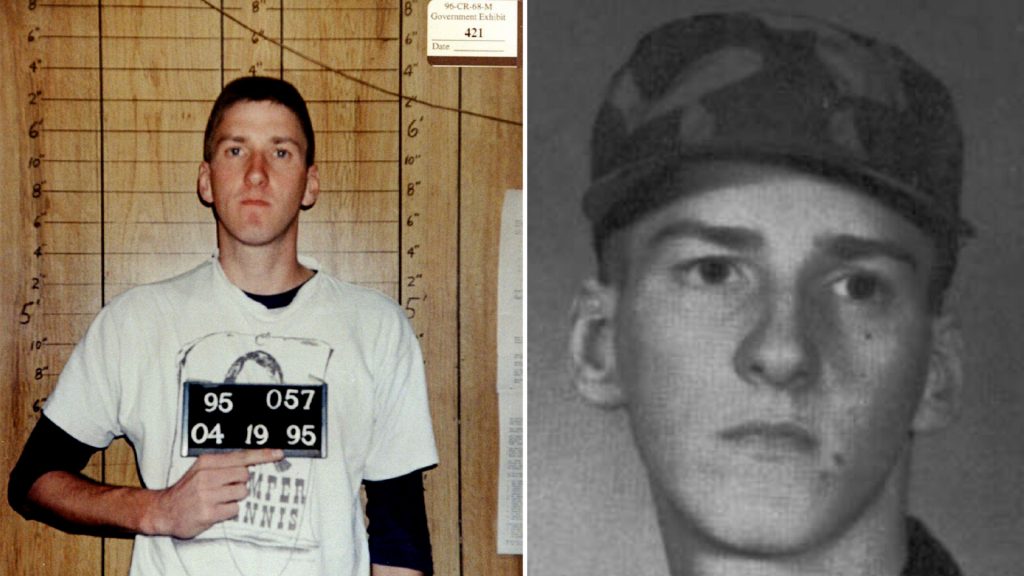
Timothy McVeigh viewed his decision to bomb this federal building as an effective way to retaliate against the government for what he perceived as tyrannical decisions made by the officials within it. McVeigh was sentenced to death after being found guilty in 1997 and was later executed by lethal injection in June of 2001.
Mary Mallon
Perhaps one of the most infamous asymptomatic carriers of a disease was Mary Mallon, also referred to as “Typhoid Mary.” She primarily worked as a cook for multiple families throughout New York City. It was later determined that she was an asymptomatic carrier of the main bacterium that caused typhoid fever.
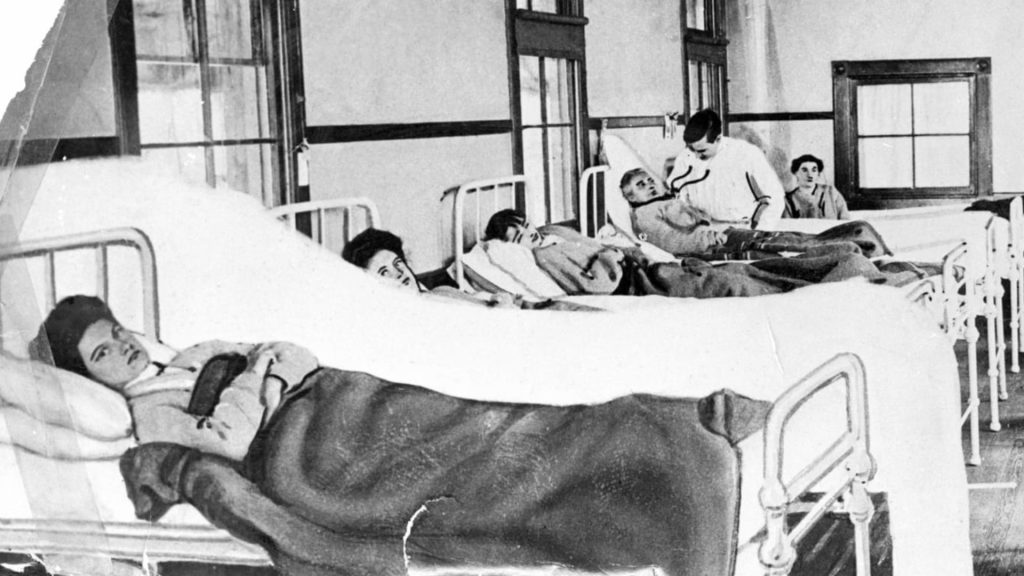
Further studies showed that she transmitted the bacteria to others through bodily fluids – specifically within her stool. She refused to comply with public health measures that focused on preventing the overall spread of the fever – especially because she was not aware that she was a carrier. After being released from a forced isolation and quarantine, she returned to work as a cook and continued contributing to even more confirmed cases of typhoid fever.
Fred Phelps, Sr.
One of the most infamous locations of the anti-LGBTQ+ movement is the Westboro Baptist Church. This is primarily because of the controversial acts and leadership of its founder Fred Phelps, Sr. It did not take very long for Phelps and the church to make headlines with their extremist and hateful views on homosexuality.
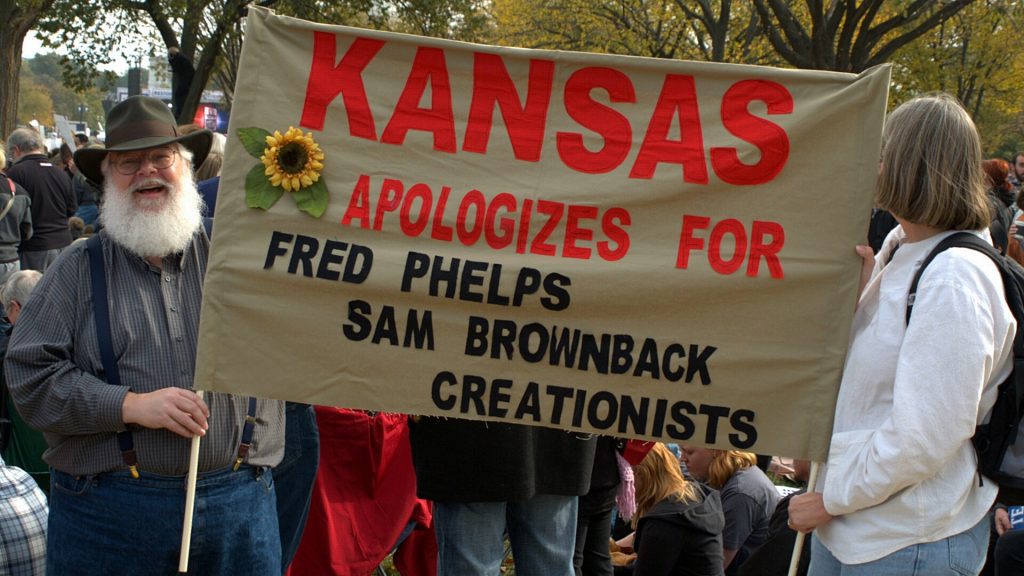
Its church members frequently protested such events as LGBTQ+ rallies and even funerals of AIDS victims. The members even went as far as protesting military funerals as they blamed the death of the U.S. soldiers on the country’s acceptance of homosexuality. Multiple reports claim that Phelps was excommunicated from the church in 2013 for undisclosed reasons.
Rush Limbaugh
Long before the era of controversial podcasts and YouTube videos, Rush Limbaugh made a name for himself with the controversial statements made on his talk radio show and speeches. He was widely known for his conservative views that were expressed in a bold and blunt manner regardless of the venue or audience.
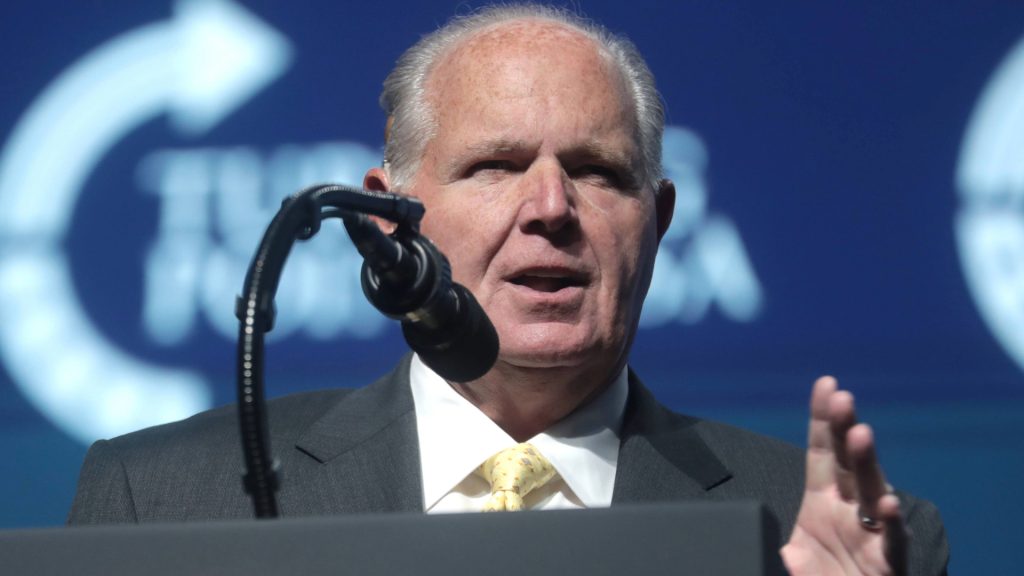
He was highly criticized for freely using divisive language to allegedly contribute to political disparity and polarization. Even though his infamous speeches and statements tarnished his reputation, he still received accolades for his work – including the Presidential Medal of Freedom in 2020 along with a National Radio Hall of Fame induction.
Bernie Madoff
Throughout the 1990s, Bernie Madoff made a name for himself as the leader of a first-class Wall Street investment firm, his leadership of multiple organizations in addition to his non-executive chairmanship within the NASDAQ stock exchange.
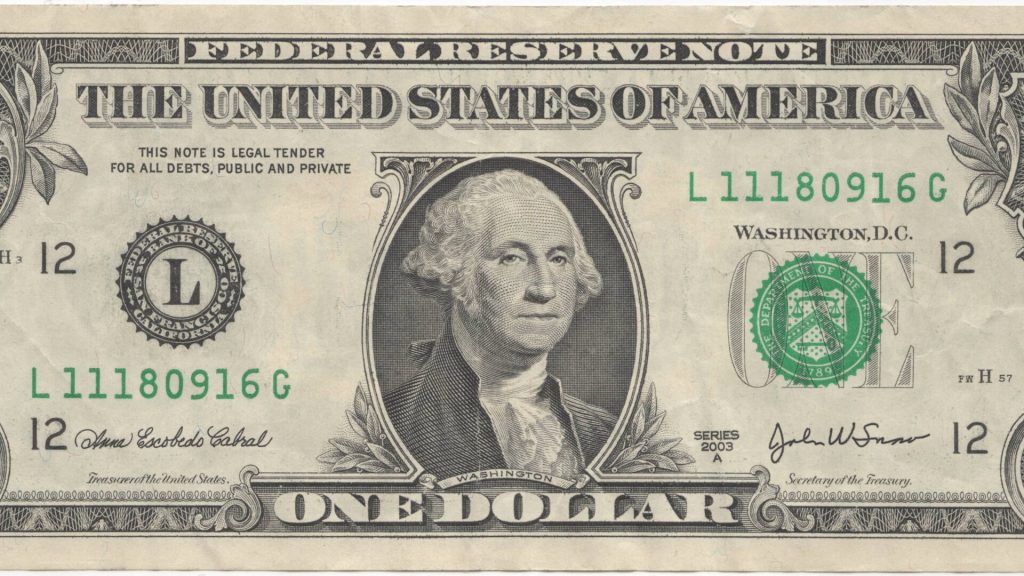
He was viewed as a highly influential financial leader, an electronic trading pioneer, and a stock market strategist. That all collapsed with his reputation when he confessed to orchestrating a massive Ponzi scheme in 2008. He pled guilty to 11 felonies – including money laundering, wire fraud and security fraud. He was later punished with a 150-year prison sentence.
Enron Executives – Skilling, Fastow and Lay
There were several key executives of Enron whose names were closely linked to the collapse of the Enron Corporation. The scandal associated with this company included accounting discrepancies, financial fraud and an overall enveloping of deception. Jeffrey Skilling, a former CEO of Enron, was reportedly the major architect of the intricate accounting and financial schemes.

He was later convicted on multiple counts of insider trading, securities fraud, and conspiracy. Andrew Fastow was the company’s CFO for 3 years and was reportedly the strategist behind the off-balance-sheet entries that made it possible for Enron to conceal its debt and manipulate the books. The company’s founder, Kenneth Lay, failed to address and resolve the fraudulence that was occurring within the company. His death led to the vacation of the convictions filed against him.
Jeffrey Epstein
Financier Jeffrey Epstein maintained a high-profile career in the limelight – being closely linked to royal family members, celebrities and politicians over the years. In July of 2019, federal prosecutors filed charges against Epstein with counts of sex trafficking involving a minor in addition to the conspiracy to commit sex trafficking.
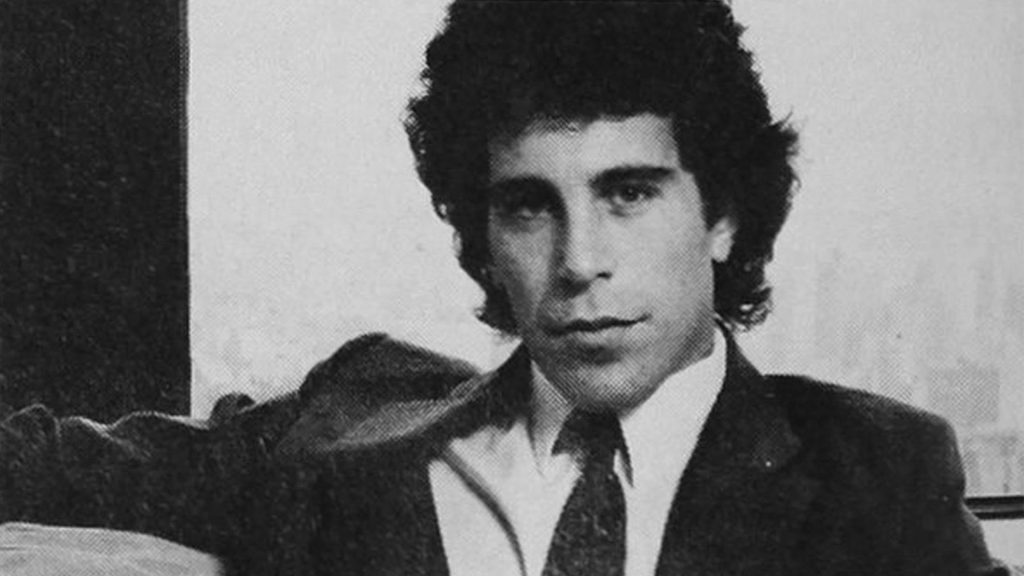
The investigations and subsequent prosecution revealed quite a few grim realities, allegations and accusations that amplified the infamy of his case exponentially. He died of suicide in his prison cell before his trial started.
Patty Hearst
Patty Hearst first made headlines after the Symbionese Liberation Army (also referred to as the “SLA”) kidnapped her in 1974. The left-wing extremist organization reportedly subjected Hearst to severe physical and psychological abuse during that period. Over time, she became a helpful ally to her captors after sympathizing with their ideologies and participated in their criminal endeavors.
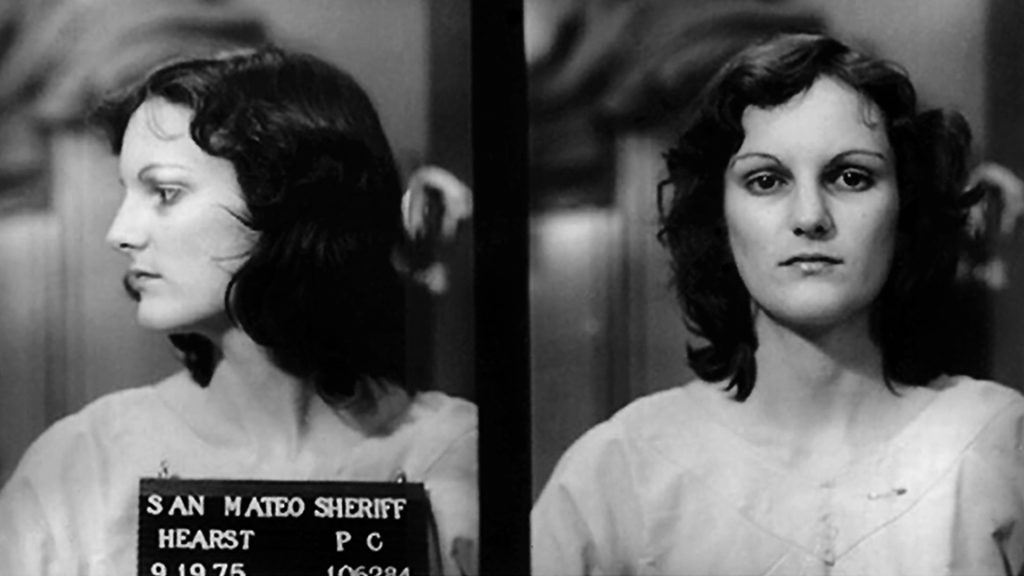
She was convicted for the key role that she played in multiple bank robberies. The defense argued that her captors brainwashed her and coerced her into committing her criminal acts. President Carter commuted her sentence in the late 1970s and then President Clinton pardoned her in 2001. However, her name will forever be associated with such issues as the psychological impact of victims under duress and Stockholm Syndrome.

